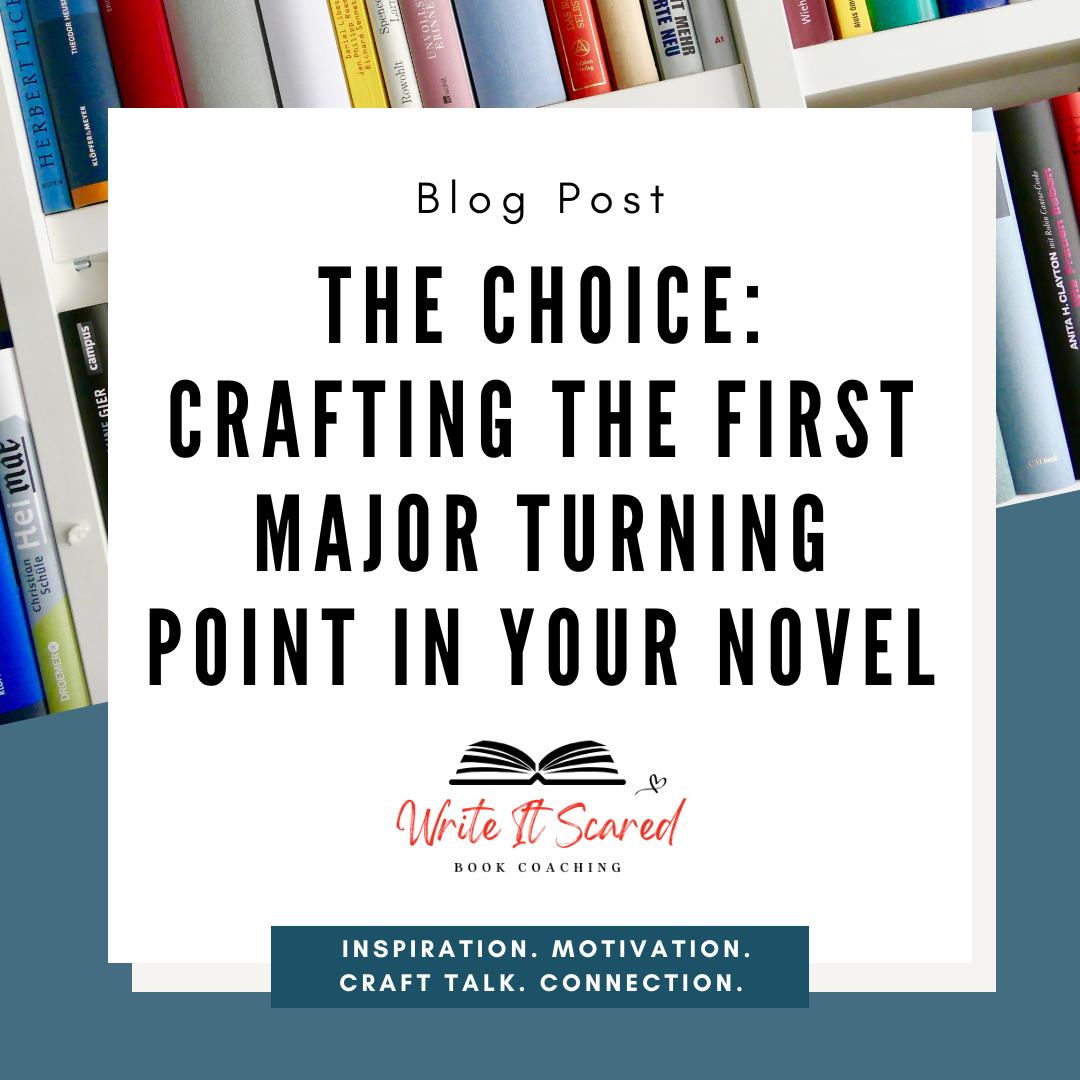
How To Avoid The Saggy Middle When Writing a Novel: The Pinch Point Discussion
How to avoid writing a saggy middle for your novel
The middle make up the vast major it of a novel. It’s a lot of ground cover, and my work with writers and my flailing has shown me that this is part of the story where things can get repetitive, drawn out, and bogged down. To put it simply: boring.
How can a writer prevent this?
Cue the Pinch Point discussion.

How to Challenge Your Character and Deepen the Plot in Act II
What happens in Act II:
Our protagonist struggles to come to grips with new information, possibly new relationships, or relationships that have taken on a new meaning. They are swimming upstream, and the water is choppy. There may or may not be sharks. There are probably sharks. Even though things are tough and a lot of internal processing is going on, they are still actively pursuing their goal, which is not pretty. They fail—a lot.
They continue acting from their false beliefs, flaws, and fears and don’t have the emotional or physical skills to conquer the main story problem yet. They may not even be completely aware of the main story problem, but they are learning, which is the point.

The Choice: Crafting the First Major Turning Point in Your Novel
In the last blog article, we talked about the inciting incident, which is the first significant disruption to the character’s life linked to the plot. The character can resist or engage, but they are not fully committed. They could walk away and often try. However, if we let them, they can teeter here on a threshold because the stakes aren’t personal enough yet.
We need to make our character go all in.
This brings us to our next big story moment- what I like to call The Choice. As with all things in storytelling, it goes by many names: the First Plot Point, the Point of No Return, Crossing the Threshold for Campbell fans, and Break into Two via Save The Cat. I like The Choice because that is what the character needs to do to move forward. They must decide to enter the new world of act two, where they are swimming upstream in uncertain waters. And something very compelling needs to happen to make them willing to swim with the sharks.

How to Craft an Inciting Incident for Your Fiction Novel
As with all things in writing, the inciting incident goes by many names: the catalyst, the call to adventure, the plot thrust, and the hook.

How to Write a Narrative Hook That Grabs Readers from the First Line
It was the book that killed her. Dun. Dun. Dunn.
The narrative hook is a tool writers use to tease readers, to make them curious, nervous, anxious, or all of the above, plus more! The goal is to entice the reader to keep reading!
Have you ever heard the expression the first sentence makes a promise to the reader? That is what a good hook does. It promises that reading the book will be a rewarding experience.

Why Story Structure Isn’t a Formula—And Why Every Writer Still Needs It
Story structure can make new writers nervous because they worry about following a formula. How can you be original if you are essentially following a recipe?
No need to worry, writer.
Story structure is in no way formulaic.
As Shawn Coyne, author of The Story Grid, puts it, story structure is form, not a formula.

How To Write Meaningful Conflict In Your Novel
Let’s talk about conflict! Are you the sweat on the dynamite, or are you the explosion?
"You need to add conflict."
We writers hear this a lot, but it doesn’t mean we always blow stuff up. Instead, we need to learn how to craft meaningful conflict!
A story is about how going from Point A to Point B changes the character.
Conflict is the force that makes the character change for better or worse.

How Narrative Distance Impacts Show vs. Tell in Fiction Writing
I want to cover Narrative Distance and how it relates to show vs. tell.
If you are new to writing fiction, this term might make you scratch your head. If you're an old hat, this will be a familiar review.

Why Your Fiction Novel May or May Not Need a Prologue
Many writers I work with wonder if their fiction novel needs a prologue. It’s a good question, and often my answer is no. They need to weave that information into the main story's narrative, but there are some exceptions.
But first, what is a prologue?

How to Write Effective Subplots in Your Fiction Novel
Subplots In a fiction novel are necessary to make a story layered and engaging. This blog post, written by Author Accelerator certified book coach Stacy Frazer, will help you write compelling subplots for your book that don’t steal the show.
